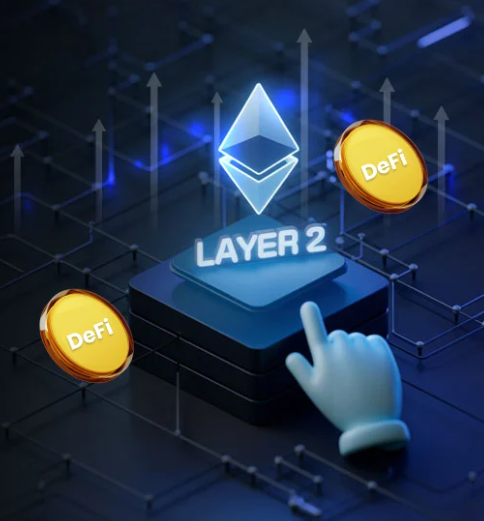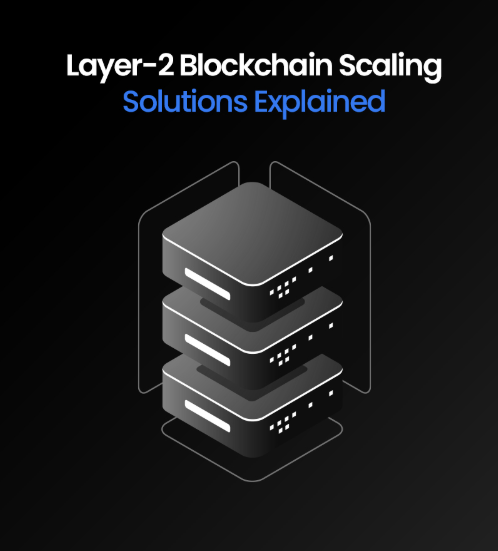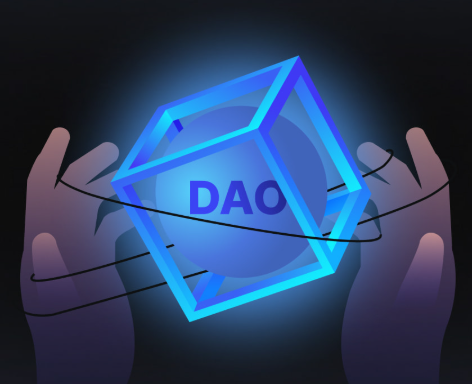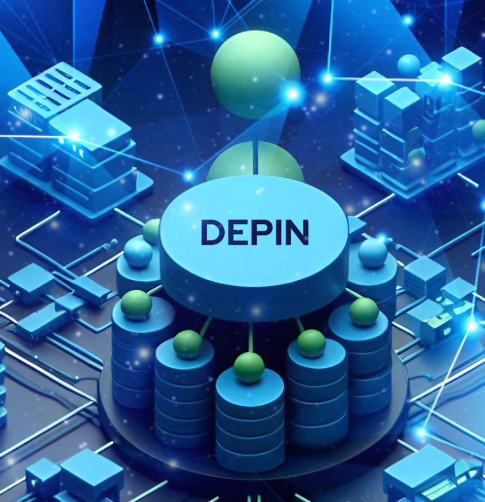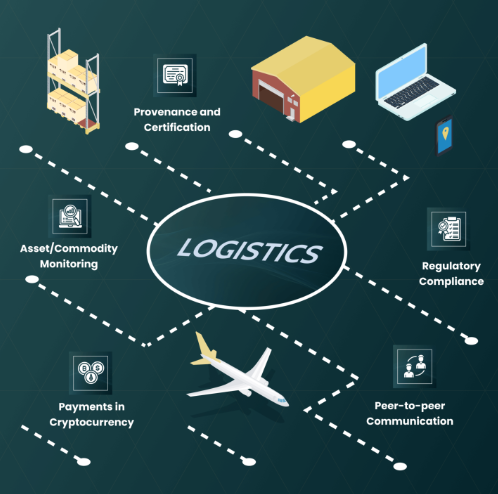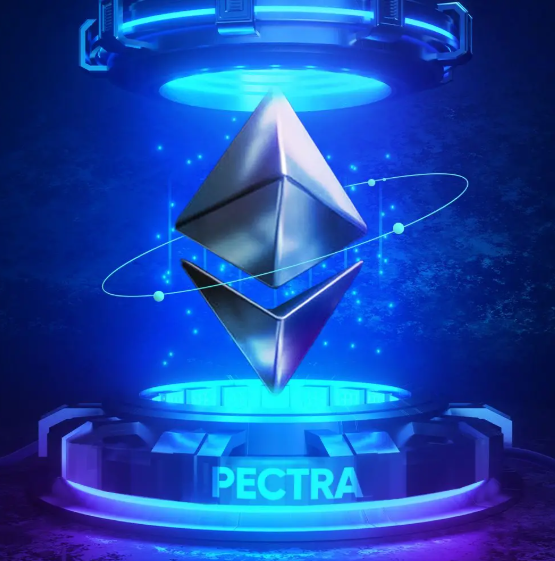
In 2025, Web3 wallets have evolved from simple asset storage tools to essential gateways for users to engage with decentralized ecosystems. For Web3 founders, wallet design is no longer an afterthought but a strategic decision that directly impacts user adoption, liquidity, and overall project success. In an era where poor wallet user experience (UX) can result in significant user drop-offs and security breaches can destroy trust, it’s crucial to adopt innovations that ensure both safety and seamless usability. Let’s take a look at the trends that will shape wallet security and UX in 2025 and how founders can leverage these to scale their Web3 ventures.
The Significance of Wallet Security and UX for Web3
The wallet UX plays a pivotal role in determining the trajectory of a Web3 project. A poor wallet design can hinder user engagement and undermine project growth. For example:
- Over 50% of users abandon the onboarding process due to complicated seed phrases and lengthy setup flows.
- Confusing elements like gas fees and network switching can prevent new users from completing transactions.
- A security breach can tarnish a project’s reputation beyond repair, draining liquidity and driving users away.
For Web3 founders, the wallet design is crucial to:
- Liquidity Growth: A wallet that is difficult to use can slow down transactions, affecting asset movement and overall liquidity.
- User Retention and Engagement: A seamless UX encourages users to stay, while frustrations with a clunky wallet lead to abandonment.
- Community Trust: Security issues don’t just result in financial loss—they also erode trust, making it difficult to recover user confidence.
Emerging Trends in Wallet Security for 2025
Wallet security has advanced significantly, and 2025 will see a range of innovative solutions that improve both safety and user experience.
Smart Contract Wallets
Smart contract wallets enable more programmable security measures than traditional wallets, which typically rely on private keys alone. These wallets use smart contracts to automate security processes, such as:
- Multi-Signature Security: Transactions require multiple approvals, reducing the risk of hacks or errors.
- Time-Locked Withdrawals: Suspicious withdrawals are delayed, allowing users to cancel fraudulent activities.
- Account Abstraction (EIP-4337): Simplifies user interactions by automating gas fees and custom transaction rules.
These features minimize human error and provide enhanced security, making smart contract wallets more resilient against hacks.
MPC Wallets (Multi-Party Computation)
MPC wallets break private keys into several encrypted fragments, each stored separately, ensuring that no single entity has access to the entire key. The benefits include:
- No More Seed Phrases: Users don’t need to remember complex recovery phrases, reducing onboarding friction.
- Enhanced Security: Attacks are significantly more difficult because hackers would need to compromise multiple key fragments across different devices or entities.
This innovation makes onboarding easier for new users and offers a higher level of security for their assets.
AI-Powered Security
Artificial intelligence is transforming wallet security by offering:
- Behavioral Biometrics: AI tracks user behavior patterns, such as typing speed or transaction habits, to detect anomalies.
- Predictive Fraud Detection: AI models can anticipate and flag suspicious activity before a hack happens.
By proactively identifying potential threats, AI helps prevent fraud and builds user confidence, which is crucial for liquidity-heavy platforms.
Decentralized Identity (DID)
Decentralized Identity solutions turn wallets into portable identity systems, offering:
- Passwordless Logins: Users authenticate using blockchain-based IDs, making the login process faster and more secure.
- KYC-Free Access: Users can verify their identity without relying on centralized systems, easing the onboarding process for DeFi applications.
These identity solutions simplify user experiences while boosting trust in Web3 platforms.
Biometric Authentication
Fingerprint scans, facial recognition, and voice commands are making wallets more secure and user-friendly, providing a familiar layer of protection that aligns with Web2 expectations while keeping Web3 security intact.
Enhancing User Experience in Web3 Wallets
While security is paramount, the user experience is what keeps users coming back. Here’s how wallet designs are becoming more intuitive:
Seedless Wallets
Seed phrases are becoming a thing of the past. Wallets now use:
- Encrypted Cloud Backups: Allow users to recover wallets without relying on seed phrases.
- Social Recovery: Users can set trusted contacts to help them recover their wallets if needed.
This innovation eliminates the risk of losing a wallet due to forgotten recovery phrases.
Gasless Transactions
Gas fees are one of the most frustrating aspects of using DeFi applications. With gasless transactions, platforms can:
- Sponsor gas fees for users.
- Auto-convert gas fees from the user’s preferred token.
This streamlines the experience, ensuring users don’t encounter issues like “insufficient gas” errors.
Account Abstraction (EIP-4337)
Account abstraction allows wallets to behave like smart contracts, enabling features like:
- Pre-Authorized Transactions: Users can set up automatic approvals for regular actions, reducing the need for constant confirmations.
- Custom Security Rules: Multi-factor authentication can be applied to specific transactions, ensuring heightened security without compromising UX.
These features make wallet interactions smoother and less disruptive for users.
Cross-Chain Compatibility
Cross-chain wallets allow users to interact with multiple blockchains seamlessly. Features include:
- Automatic Asset Swaps: Users can easily swap assets between different blockchains.
- Unified Portfolio View: Real-time tracking of assets across various networks.
This ensures that users don’t have to juggle different wallets or switch networks, offering a more streamlined experience.
Progressive Disclosure Design
Wallet interfaces are now designed with simplicity in mind, using progressive disclosure to cater to both beginners and advanced users.
- Beginner Mode: Focuses on essential actions like sending, receiving, and buying tokens.
- Advanced Mode: Unlocks more complex DeFi functions for experienced users.
This approach reduces cognitive overload and makes it easier for users of all levels to engage with the platform.
Conclusion
The future of Web3 is in the hands of wallet developers who can perfectly balance security and user experience. For founders, this isn’t just a technical challenge—it’s a strategic one. A clunky wallet experience can alienate users, reduce liquidity, and stunt growth, while a seamless, secure wallet can drive engagement, boost TVL, and build long-term trust with users. As the Web3 space evolves, wallets that offer both robust security and an intuitive user interface will be the cornerstone of successful projects.





